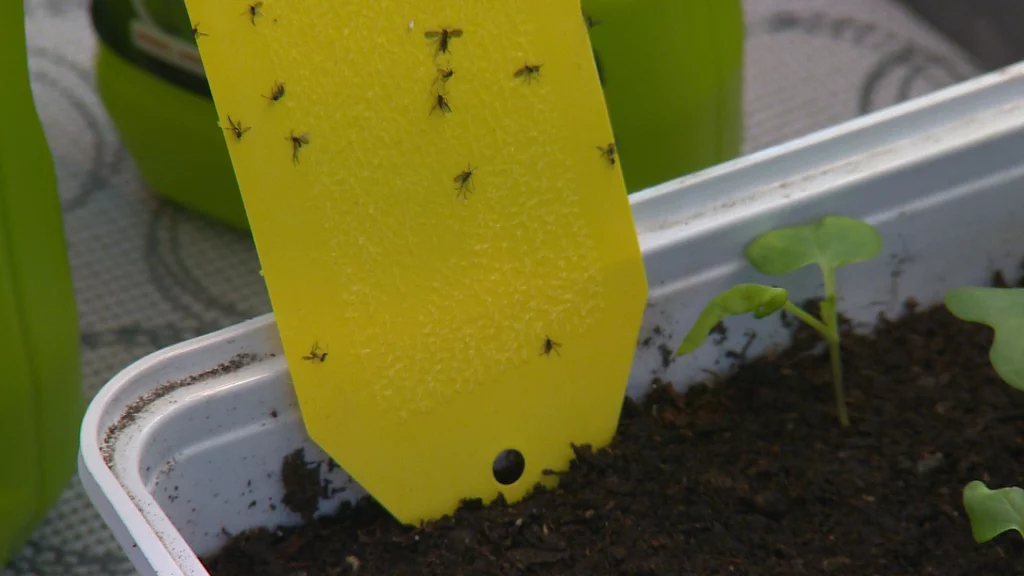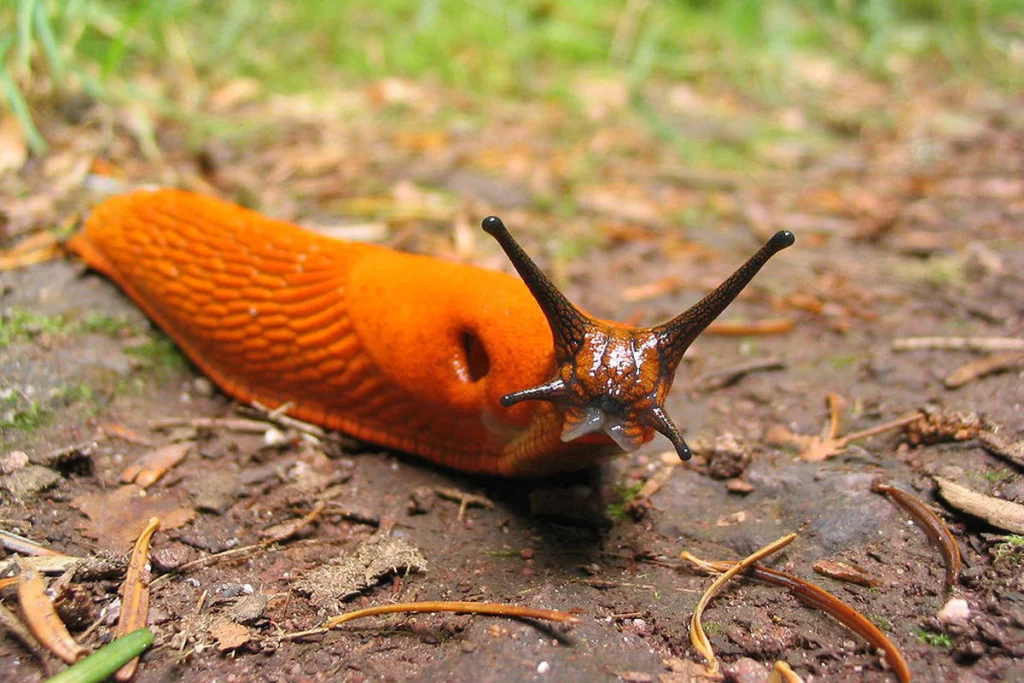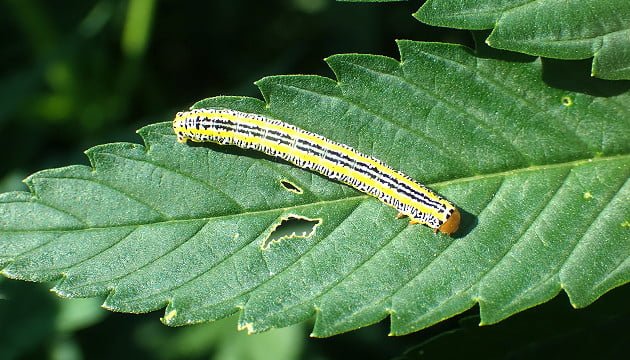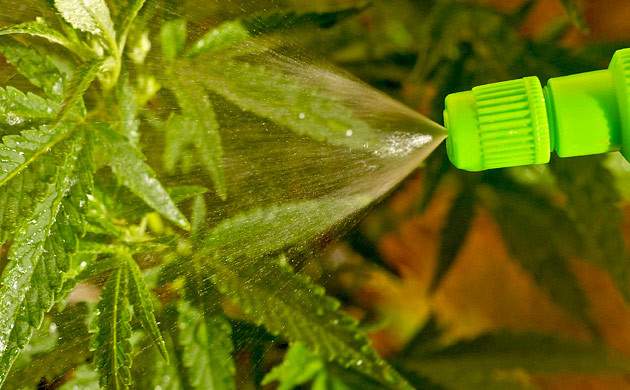English
Cannabis plants are susceptible to a variety of pests and diseases that can damage or even kill the plant if not properly managed. As a cannabis grower, it is important to be familiar with the most common pests and diseases that can affect your plants, and know how to control them to ensure a healthy and bountiful harvest.
Six steps to control pests and diseases
- Identify the pests and diseases. The first step in controlling pests and diseases in cannabis plants is to identify the problem. Common pests that can affect cannabis plants include spider mites, aphids, thrips, whiteflies, and fungus gnats. Diseases that can affect cannabis plants include powdery mildew, root rot, and bud rot. Learn how to identify the symptoms of these pests and diseases so that you can take the appropriate action to control them. Use yellow and blue sticky traps for easier pests identification.
- Prevention is key. The best way to control pests and diseases in cannabis plants is to prevent them from occurring in the first place. This can be achieved by maintaining a clean and hygienic grow environment. Keep your grow room free of debris and other potential breeding grounds for pests and diseases. Use a disinfectant to clean all surfaces before planting, and keep a close eye on your plants to detect any early signs of trouble. Avoid using soil from hobbymarkets, as they often contain many various pests. If not avoided, we recommend sterilising the soil mix with hydrogen peroxide or heat before use.
- Use beneficial insects. Beneficial insects such as ladybugs and predatory mites can help control pests in your cannabis garden. Ladybugs can control aphids, while predatory mites can control spider mites. You can purchase these insects from a local nursery or online. Make sure to release them when the pest population is low, and follow the instructions carefully.
- Use organic pesticides. Organic pesticides are a great way to control pests and diseases without harming your plants or the environment. Some examples of organic pesticides include neem oil, pyrethrin, and insecticidal soap. These pesticides can be sprayed directly onto the affected areas of the plant, but make sure to follow the instructions on the label carefully to avoid over-application or misuse.
- Use fungicides. Fungicides can be used to control fungal diseases such as powdery mildew. Copper-based fungicides are a common choice for cannabis growers, as they are effective against a wide range of fungal diseases. However, it is important to note that overuse of fungicides can lead to resistance in the fungus, making it more difficult to control in the future.
- Maintain proper plant nutrition. A healthy plant is less susceptible to pests and diseases. Make sure to provide your cannabis plants with the proper nutrients they need to thrive. This includes a balanced blend of macronutrients and micronutrients, as well as appropriate levels of pH and EC. By maintaining proper plant nutrition, you can help your plants grow strong and healthy, which will make them more resistant to pests and diseases.
In conclusion, controlling pests and diseases in cannabis plants requires a proactive approach. By identifying the pests and diseases, practicing prevention, using beneficial insects and organic pesticides, applying fungicides when necessary, and maintaining proper plant nutrition, you can help keep your cannabis plants healthy and productive. Remember to always follow the instructions carefully when using any type of pest control product, and never hesitate to seek the advice of a professional if you are unsure how to proceed.
Related articles:
Published by Sakul
28/04/2023choose and buy cannabis seeds from our offer
our pleasure



























